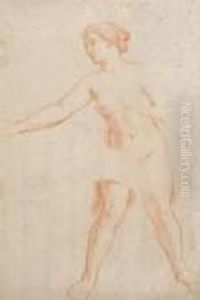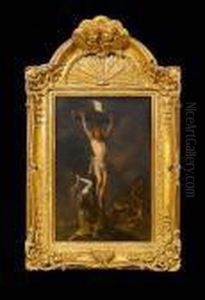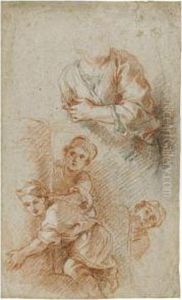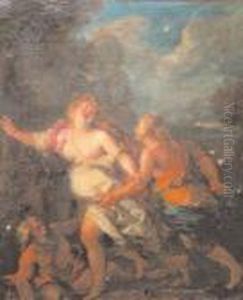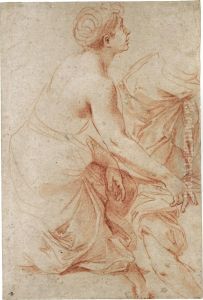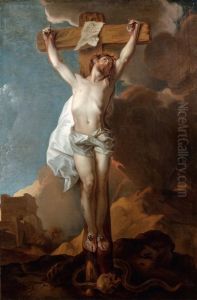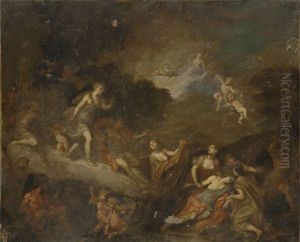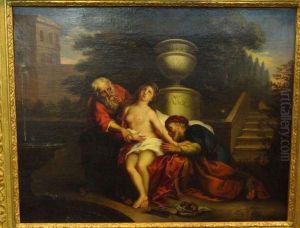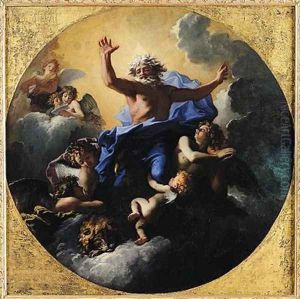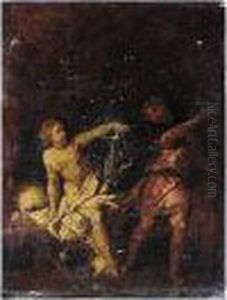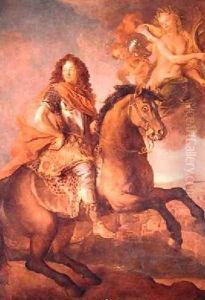Charles de Lafosse Paintings
Charles de Lafosse, also known as Charles de La Fosse, was a distinguished French painter during the Baroque period. Born in Paris in 1636, he became one of the leading French artists of his time, known for his vibrant use of color and dynamic compositions. Lafosse received his initial training under the painter Charles Le Brun, a dominant figure in the French art scene and the court painter for Louis XIV.
Lafosse's skill and talent quickly propelled him into the midst of high-profile projects. He was particularly noted for his history paintings and his work in decorative schemes for illustrious settings, including the Palace of Versailles. His style was influenced by the Italian Baroque painters, particularly by the works of Veronese and the Venetian school, which is evident in his preference for lush color schemes and grand, theatrical settings.
In 1673, Lafosse was admitted to the Royal Academy of Painting and Sculpture, a testament to his growing prestige. Over the years, he worked on numerous royal commissions and was appointed to prestigious positions. One of his most famous works is the ceiling painting 'Apollo and Phaeton' for the Grand Appartement du Roi at Versailles. Lafosse's contribution to the French Baroque movement was significant, and his works were influential in the further development of Rococo art in France.
Despite his success, records from the latter part of his life are scarce. Lafosse died in 1716, leaving behind a legacy of artistic achievements that continue to be appreciated for their contribution to the richness of French art history. His works can be seen in various museums and historical sites, where they remain a testament to the opulence and grandeur of the French Baroque era.


